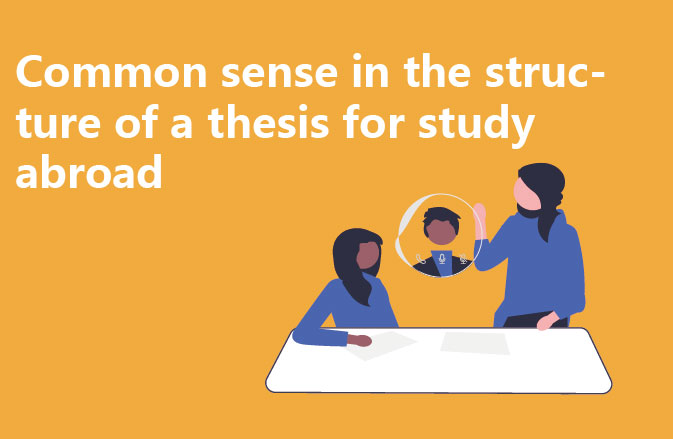1. Cover Page: The title of the paper, the author’s last name, the college, the address of the school, and the date of submission are listed.
2. Declaration: Declaration that the content of the paper is original and that the research is the truth. If you need to cite external information, you must follow the APA format.
3. Abstract and Keywords: This is the essence of the paper, describes the main content of the paper, and keywords cover the concepts of the research topic and reveal the core idea of the paper. The keywords should come from the frequently occurring words in the title and key ideas of the paper, and should be concise and precise, in order to moderately avoid complicated and obscure words.
4. Table of Contents: Use Word’s own function to automatically generate the table of contents. 5.
5. List of Figures: detailed list of all the paper title.
6. List of Tables: list all the charts and tables of the catalogue.
7. List of Abbreviations: indicate all the abbreviations.
8. Introduction: also known as introduction, introductory remarks or introduction, the first part of the paper. It describes the background of the topic, the significance and goal of the research, the purpose, scope, methodology and results of the research, and also briefly describes the author’s basic position.
9. Literature Review: Comprehensively analyse the existing academic research, suggest the current status of the research, find out the unanswered questions and the future development path, and critically evaluate and discuss the research based on scientific principles, combined with the research environment and practical needs.
10. Methodology: The research methodology used should be clearly described, whether quantitative or qualitative, and the reasons for using the methodology to obtain credible conclusions should be emphasised.
11. Findings/Results:The results of the questionnaire and the in-depth analysis of the data obtained should be clearly presented.
12. Discussion: Ensure that the reader understands the findings correctly. Explain the research findings and their significance, reveal the relationship between them, and confirm whether the findings are consistent with the existing literature, and if not, explore the possible reasons. In addition, identify the innovation and relevance of the study. An often overlooked point is the need to be open to research flaws and questions.
13. Conclusions and Recommendations/Implications: State the conclusions and recommendations of the study, but do not add anything new. There may be some mention of future research trends, but only to expand on what has already been said.
14. Bibliography/List of references: References are important in assessing the quality of the paper. At the end of the paper, references such as journals, books, newspapers, electronic publications, etc. are indicated.
15. Appendices: These are attachments to the main body of the paper to supplement the text. Appendices in this section can be in the form of text, tables, images, etc. and contain questionnaires, interview transcripts, charts, etc.




